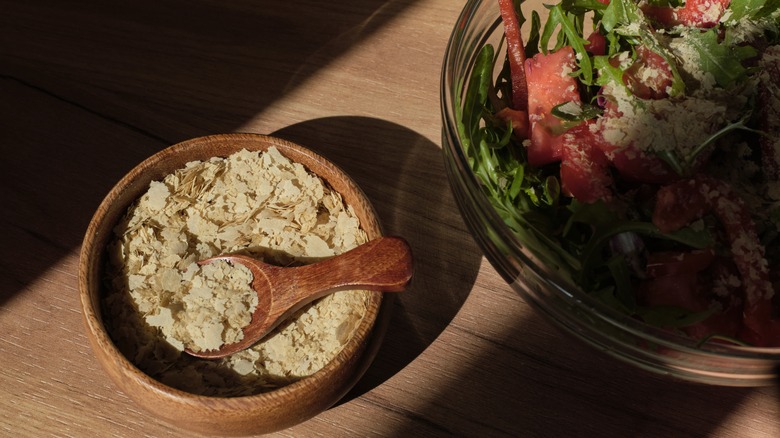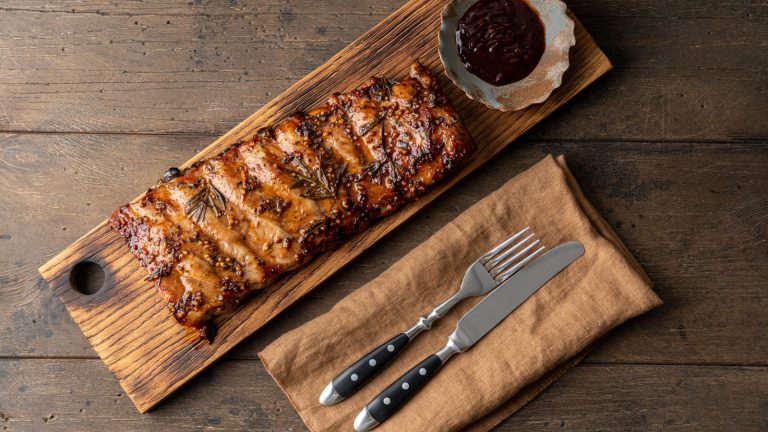Who doesn’t relish the feel of biting into perfectly al-dente pasta delicately coated in a flavorful sauce? And when it comes to whipping up a balanced sauce that checks all the boxes on taste, there is one tasting note that you cannot miss incorporating: umami. Ingredients that impart the coveted “umami,” which translates to “tastiness” or “deliciousness” in Japanese, elevates the overall experience of any dish. What makes umami stand out from the other fundamental tastes – sweet, savory, salty, and bitter — is its ability to act on its own to enhance the flavor and mouthfeel of savory dishes like pasta. And there is one unassuming, dairy-free ingredient that is cherished among the plant-based foodies that delivers a hearty kick of umami to your pasta creations. Step aside parmesan, and behold, the one and only nutritional yeast, a powerhouse with a familiar cheesiness that elevates the richness of your pasta recipe.
Nutritional yeast infuses each bite of pasta with mouthwatering umami flavors, so you won’t miss the dairy. Bonus points for the added serving of vitamin B12, a key nutrient that is important for neurological health, among other vital functions like red blood cell formation. Not only can it level up the flavor and nutrition of pasta, but also the overall creaminess of the pasta sauce if you desire. From thickening soups to blending into vegan cheese sauces, these multifaceted golden flakes deserve a spot in your pantry.
How is nutritional yeast made?
Nutritional yeast is derived from a single-celled strain of yeast called Saccharomyces cerevisiae. The “offspring” clones derived through a process called budding are cultured in sterile flasks before being transferred to larger stainless steel tanks. For about seven days, they are fermented under a temperature and pH-regulated, carbohydrate-rich environment. The resulting liquid mixture is harvested following a high-speed spin in a centrifuge to separate the fermented yeast from its by-products. The milky “yeast cream” is pasteurized to deactivate the yeast, stopping the fermentation process. The pasteurized mix is rich in fiber and protein and supplemented with vitamin B12 for added nutrients. Once fortified, they are dried, rolled out into flakes or a powder form, and ready to be packaged for consumption.
Nutritional yeast was introduced into the United States market back in the 1950s by the baking company Red Star Yeast. Its commercialization can be credited to the discovery in the early 1900s that leftover brewer’s yeast was highly nutritious. Rather than waste this valuable by-product of the beer brewing process, the brewer’s yeast could be recycled into a healthy, savory food supplement. In fact, yeast extract is the foundational ingredient in the highly debated, “love it or hate it” fortified spreads like Marmite and Vegemite. Nutritional yeast was developed as a less bitter, more palate-pleasing product than brewer’s yeast. From a minuscule microbe to a nutrient-rich superfood, the scientific journey from fungi to flakes deserves appreciation in diverse culinary applications.






